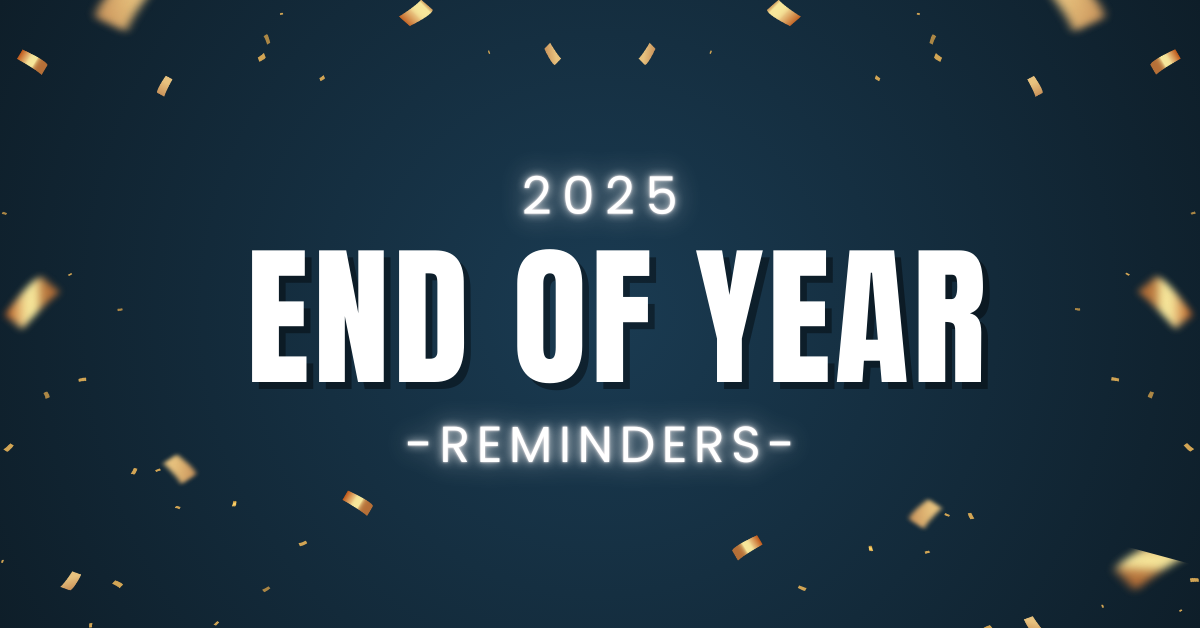CC
QI Project Series: Small-Scale and Simple

In this News Center series, we will discuss common Quality Improvement (QI) project misconceptions and give the real facts about the process of completing a project. For more information on QI projects, to see project topics, and to begin your own project, visit the QI project resources page.
Myth: A QI Project is a huge, complicated, peer-reviewed research project.
Truth: A QI project is a small-scale project that you complete with the goal of making an incremental change in your practice.
In your everyday practice, you’re likely already trying new things, making adjustments, and looking for ways to save time, money, and energy to improve the care you provide. A QI project guides you through this process to identify a minor inconvenience in your practice and implement a change that may make it incrementally better—all with the goal of improving your quality of care, one small change at a time.
The process of completing a QI project is simple:
- Identify something small you want to improve
- Gather your team to determine how to make a change
- Set a goal
- Make the change
- Measure your results after the project
- Use the project submission site to write up and submit your project
An ABPMR reviewer will either approve your submission or get back to you with revisions, and then you receive credit! The process of completing a project may only take a few weeks or up to a couple of months, depending on your goal.
Some recent examples…
Drs. J.P. McCallin and Jason Reed noticed small problems during the patient check-in process that contributed to long wait times in their clinic. With the goal of decreasing wait times, Drs. McCallin and Reed took a step toward improving the check-in process by changing the amount of paperwork and the process of communication at check-in. These simple changes decreased patient wait times by 27 percent. Drs. McCallin and Reed started their project with the goal of decreasing wait times by 15 percent—by thinking small, they recognized they weren’t going to solve this problem all at once, but could make a couple of small changes to improve it over time. Read Drs. McCallin and Reed’s full project here.
Dr. Patricia Hong’s small change was to begin weighing every patient at each visit after she found there were inadequacies in her clinic regarding obesity management. This tiny change may seem relatively insignificant, but it led to more important conversations about obesity awareness and management with patients. Weighing patients wasn’t going to solve all her problems, but it was a step toward improving one aspect of patient care. Read Dr. Hong’s full project here.
Zoom in
Think small. What is one minor problem that can be improved with a simple change? Even if your attempt doesn’t meet your goal, you can still submit the project for Continuing Certification (CC) Program credit, and you’ll be one step closer to figuring out a successful way to solve the problem. (Your project could even be featured as an exemplary project regardless of if you met your goal, like Dr. Lauren Shapiro).
Rather than being a huge, peer-reviewed project, a QI project is focused on small solutions that don’t necessarily take several months to complete. (We’ll talk about time burden myths in an upcoming article!)
To see more QI project resources, visit the QI project resources page or the ABPMR News Center to see examples of completed projects. We recently added 12 new Guided QI Projects, for a total of 20 free options from the ABPMR— read descriptions of all the new projects here.



